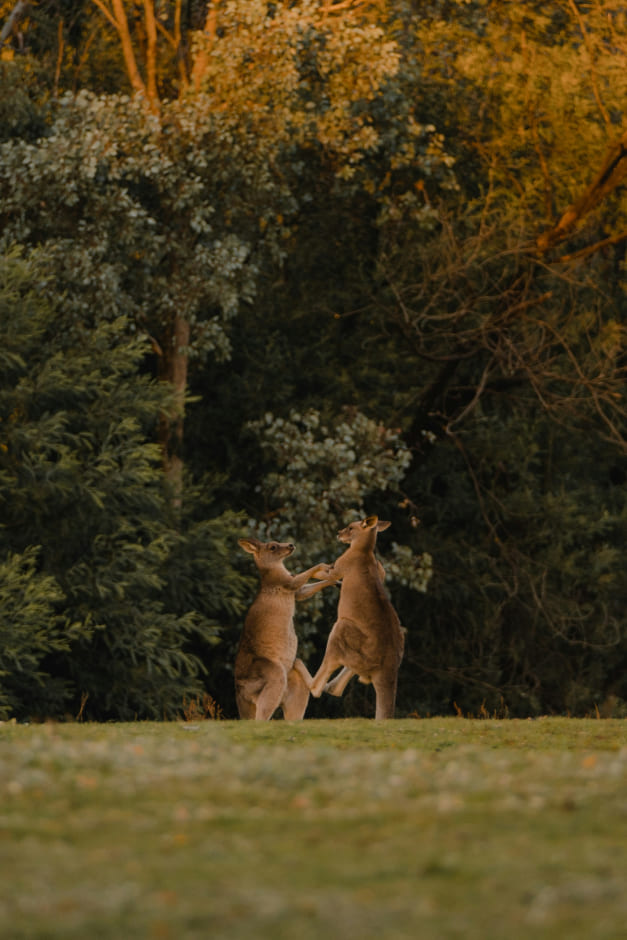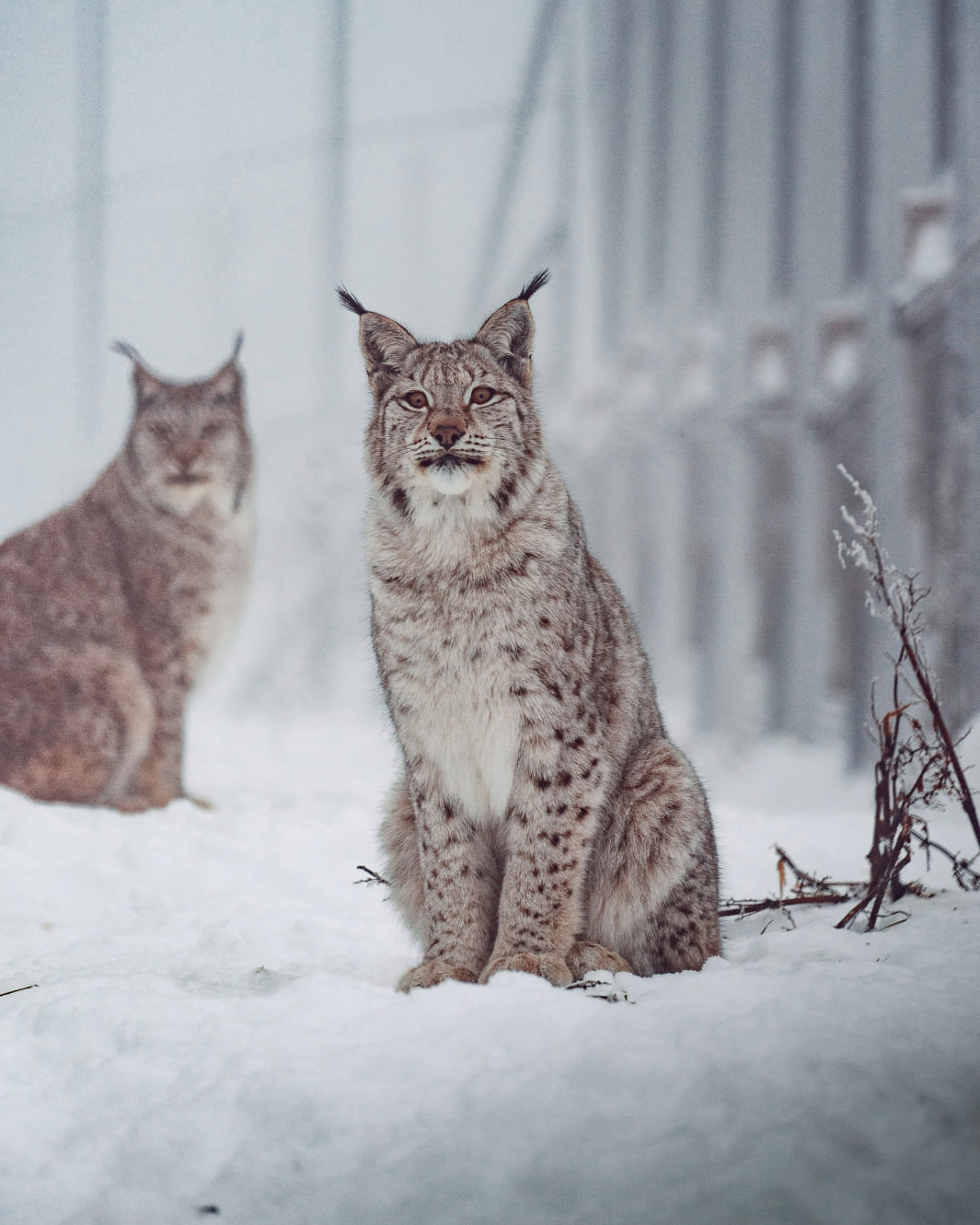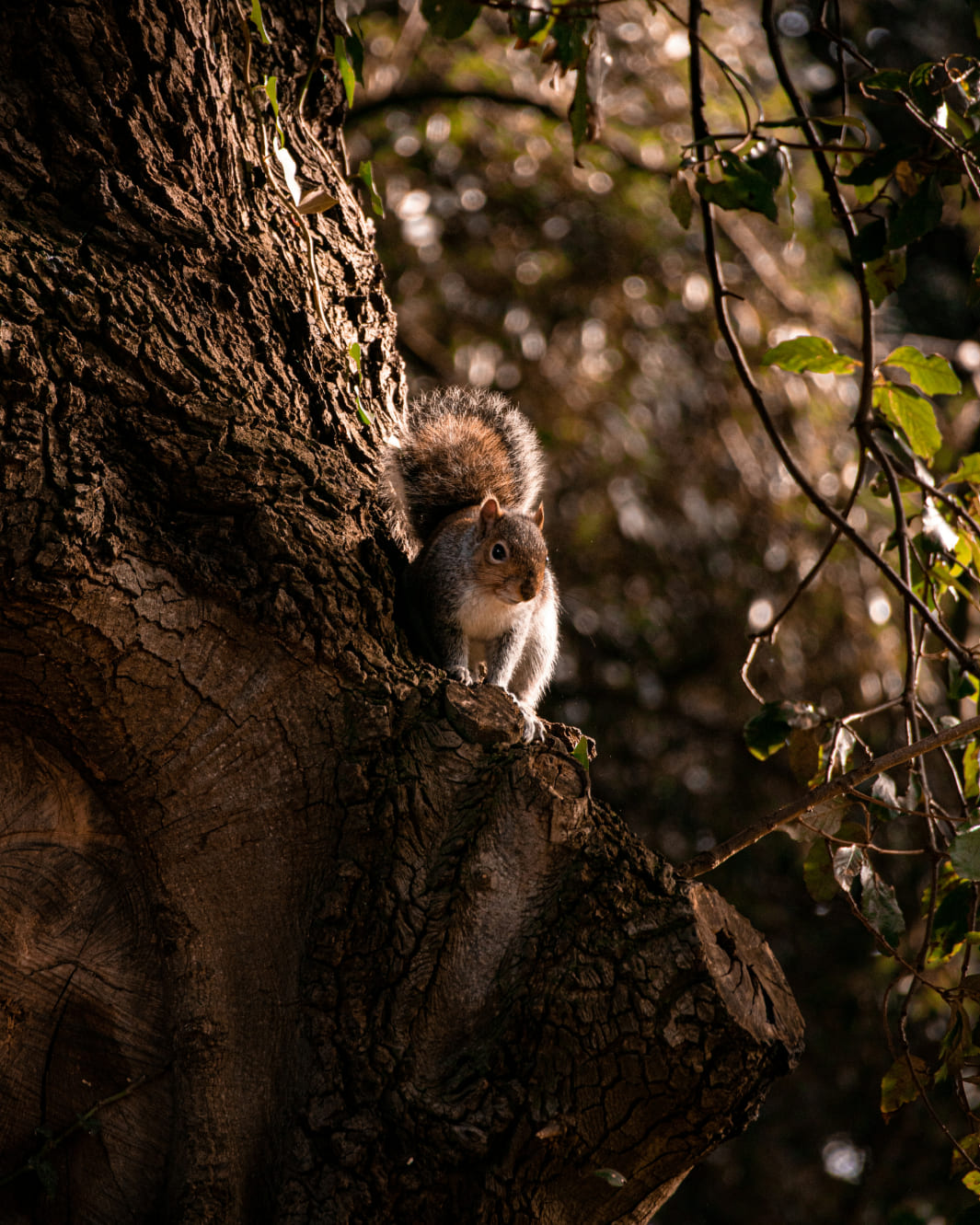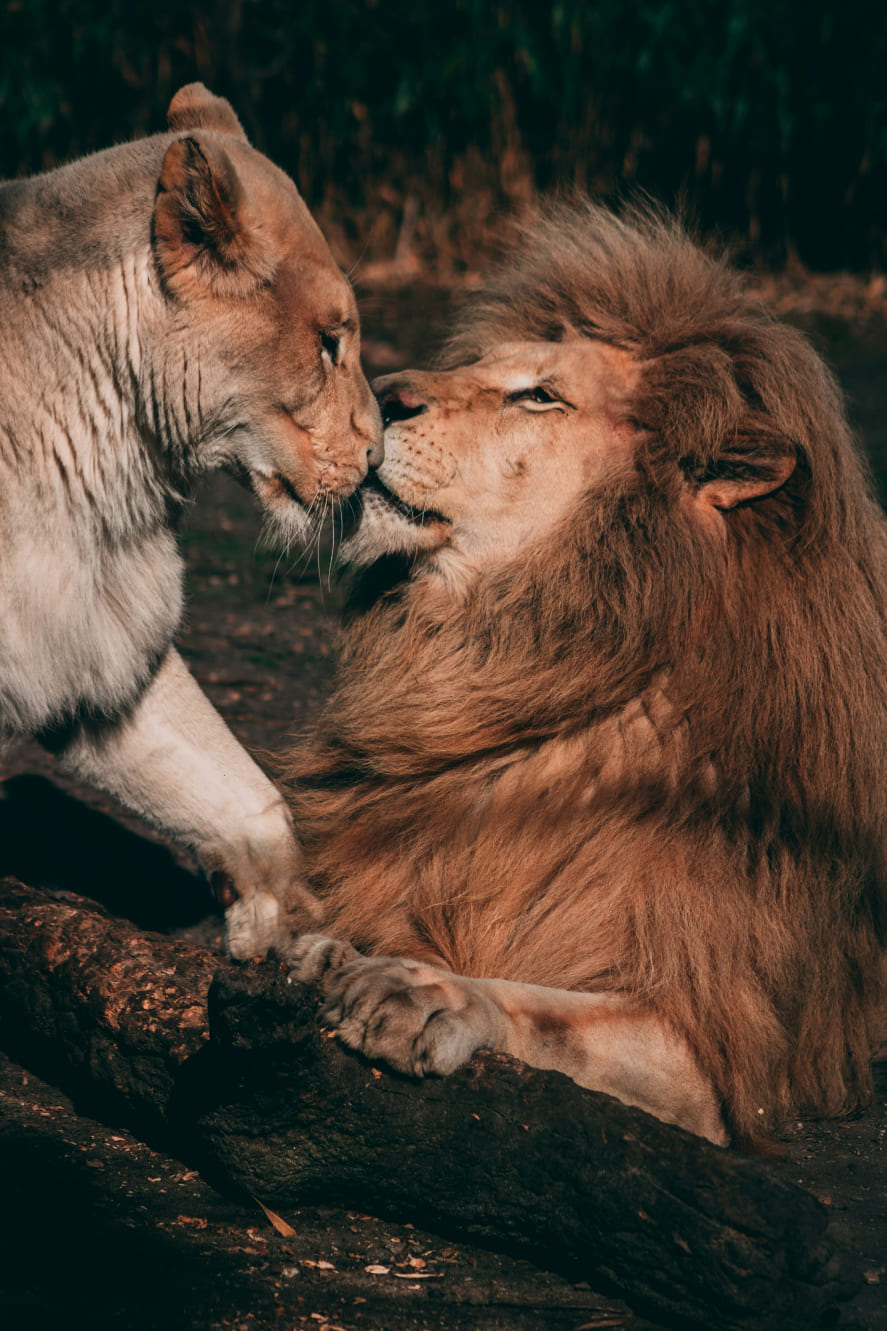
Kangaroo: Masters of the Australian Forests
Kangaroos are not only iconic symbols of Australia but also fascinating forest dwellers. These marsupials, known for their powerful hind legs and bounding gait, inhabit the dense eucalyptus forests and open woodlands. A kangaroo’s unique pouch allows them to nurture their young, called joeys, safely while navigating their habitat.




